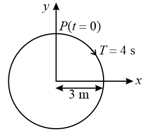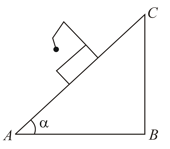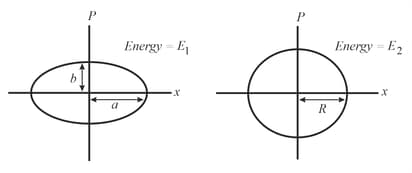EASY
Earn 100
Why acceleration is zero when velocity is maximum in SHM?
Important Questions on Oscillations
HARD
MEDIUM
MEDIUM
EASY

-projection of the radius vector of rotating particle is
MEDIUM
The position co-ordinates of a particle moving in a coordinate system is given by
and
The speed of the particle is:
MEDIUM
A simple pendulum is attached to a block which slides without friction down an inclined plane having an angle of inclination as shown while the block is sliding down the pendulum oscillates in such a way that at its mean position the direction of the string is,

HARD
HARD

HARD
EASY
EASY
HARD
HARD
A simple pendulum of length is made to oscillate with amplitude of degrees. The acceleration due to gravity is . Let The time period of oscillation of this pendulum will be
EASY
Which one of the following graph shows correctly the variation with ?
MEDIUM
MEDIUM
MEDIUM
EASY
HARD
EASY

